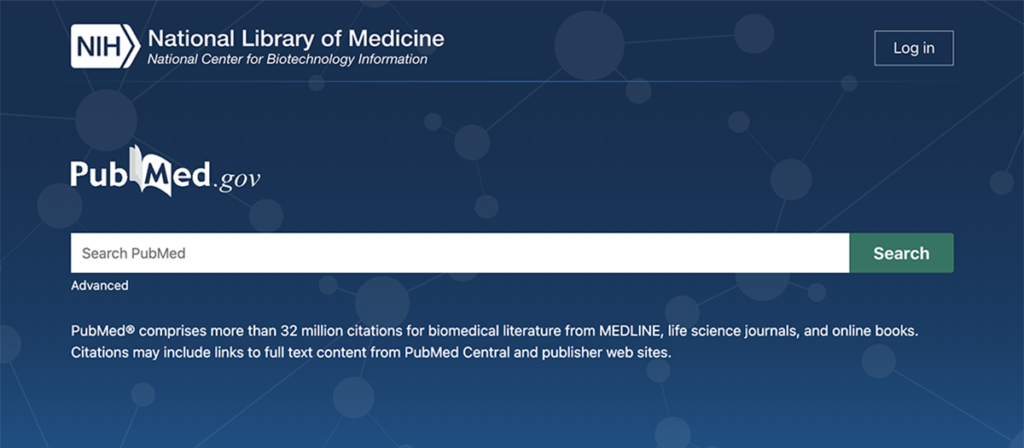Writing a review article can be a daunting task, but it is an important one. Review articles help to synthesize research on a particular topic and provide a critical analysis of the literature. They can be a valuable resource for researchers, students, and practitioners.
This blog post will provide a step-by-step guide to writing a review article.
Define the Topic, Purpose, and Thesis
- Begin by introducing the topic of your review article and outlining the purpose of your review.
- What question are you trying to answer?
- What is the scope of your review?
- Once you have introduced the topic and purpose of your review, clearly state your thesis statement.
- Your thesis statement is a concise statement of the main argument of your review article.
Create an Outline and Scope
- Once you have defined your topic, purpose, and thesis, it is important to create an outline for your review article.
- Your outline will help you to organize your thoughts and ensure that your review article covers all of the important points.
- As you create your outline, be sure to include critical analysis, not just summaries of the research you are reviewing.
Describe Literature Search Methodology
- In this section of your review article, you will explain how you conducted your literature search.
- What databases and search terms did you use?
- How did you evaluate the quality of the studies you found?
Categorize Evidence Levels
- When writing a review article, it is important to categorize the evidence levels of the studies you are reviewing.
- This will help your readers to understand the strength of the evidence for your conclusions.
- There are a number of different evidence-based rating scales that you can use.
Provide Critical Evaluation and Unique Insight
- In this section of your review article, you will critically evaluate the literature that you have reviewed.
- What are the strengths and weaknesses of the studies?
- Are there any controversies in the field?
- Be sure to integrate your own unique insights into your review article.
- What do you add to the conversation on this topic?
Address Controversies and Developments
- In addition to critically evaluating the literature, you should also address any controversies or recent developments in the field.
- This will help your review article to be more comprehensive and up-to-date.
Focus on Clinical Impact (for clinical reviews)
- If you are writing a review article on a clinical topic, it is important to focus on the clinical impact of the research you are reviewing.
- How can the findings of these studies be applied to improve patient care?
Use Visual and Tabular Aids
- Visual and tabular aids can be a great way to help you to emphasize key points in your review article.
- Consider using tables, figures, and illustrations to make your review article more engaging and informative.
Craft Title, Abstract, and Keywords
- Once you have written the body of your review article, it is time to craft a title, abstract, and keywords.
- Your title should be descriptive and concise.
- Your abstract should provide a brief overview of your review article, including your topic, purpose, methods, and findings.
- Your keywords should be relevant to the topic of your review article and will help people to find your article online.
Review, Revise, and Solicit Feedback
- Once you have written a draft of your review article, it is important to review it carefully and make any necessary revisions.
- You may also want to solicit feedback from peers or mentors.
Finalize and Submit
- Once you are satisfied with your review article, it is time to finalize it and submit it to a journal for publication.
- Be sure to follow the journal’s guidelines for submission.
By following these steps, you can write a review article that is informative, well-organized, and insightful.


